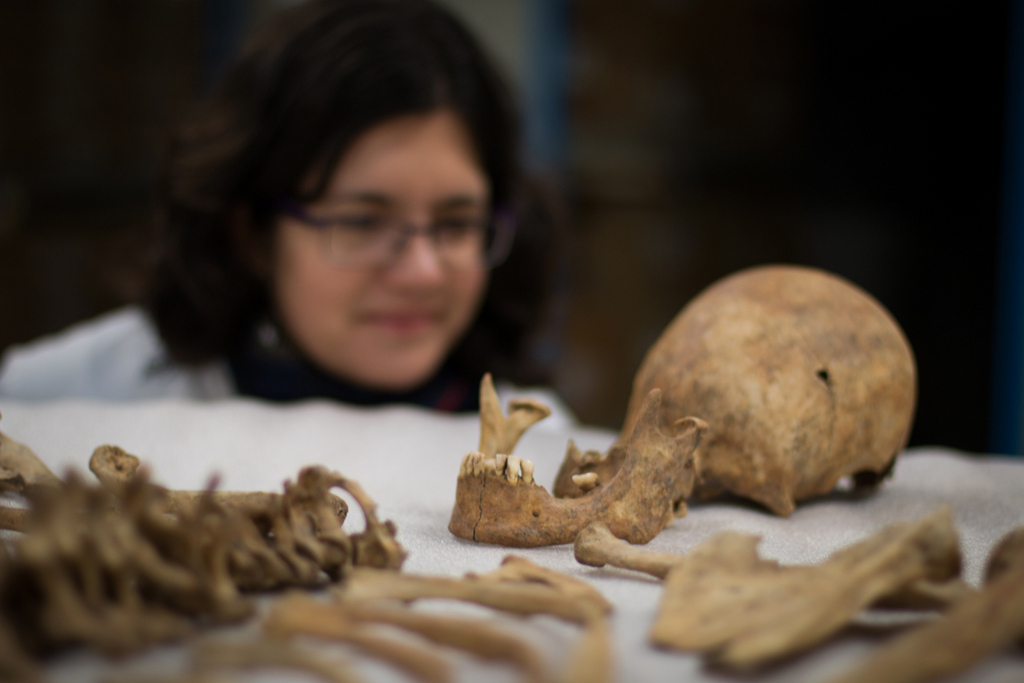Scientists from Trinity have sequenced the genomes of a set of individuals discovered in York, England revealing their origins. Archaeological evidence from the skeleton has led the scientists to speculate that the individuals may have been gladiators, soldiers or criminals in their lifetime.
From the skeletons of more than 80 individuals, seven skeletons were selected for whole genome analyses. Despite variation in isotope levels which suggested some of the 80 individuals lived their early lives outside Britain, most of those sampled had genomes similar to an earlier Iron Age woman from Melton, East Yorkshire. The poor childhood health of these men, has led the team to suggest they endured childhood stress. Their robust skeletons and healed trauma also led the team to suggest that they were used to wielding weapons.
The Roman skeletons sampled were all male, under 45 years old and most had evidence of decapitation. They were taller than average for Roman Britain and displayed evidence of significant trauma potentially related to interpersonal violence. All but one would have had brown eyes and black or brown hair but one had distinctive blue eyes and blond hair similar to the single Anglo-Saxon individual. This individual was of Middle Eastern origin and grew up in the region of modern day Palestine, Jordan or Syria before migrating to the region and meeting his death by decapitation.
The demographic profile of the skeletons is said to resemble the population structure in a Roman burial ground believed to be for gladiators at Ephesus although the authors also speculate that it could fit with a military context as the Roman army had a minimum recruitment height and fallen soldiers would match the age profile of the York cemetery.
As well as Trinity, the multi-disciplinary scientific analysis involved scientists from the University of York and The York Archaeological Trust, as well as the universities of Durham, Reading and Sheffield, University College London and the University Medical Centre in Utrecht. The research also included experts from York Osteoarchaeology Ltd, City of York Council and the Natural History Museum.
Professor Dan Bradley, from Trinity, said: “Whichever the identity of the enigmatic headless Romans from York, our sample of the genomes of seven of them, when combined with isotopic evidence, indicate six to be of British origin and one to have origins in the Middle East. It confirms the cosmopolitan character of the Roman Empire even at its most northerly extent.”
PhD Researcher and lead author, Rui Martiniano, from Trinity, said: “This is the first refined genomic evidence for far-reaching ancient mobility and also the first snapshot of British genomes in the early centuries AD, indicating continuity with an Iron Age sample before the migrations of the Anglo-Saxon period.”
The Trinity College team also recently published the first prehistoric Irish genomes.
The paper ‘Genomic signals of migration and continuity in Britain before the Anglo-Saxons’ is published in Nature Communications.
Image via York Archaeological Trust







